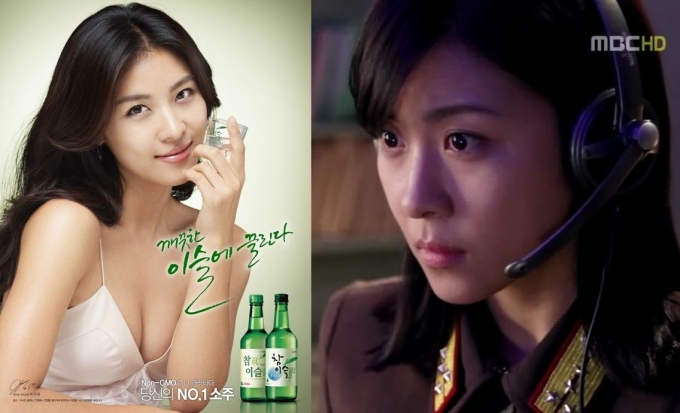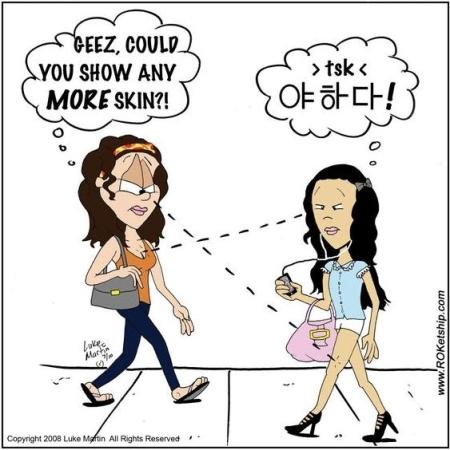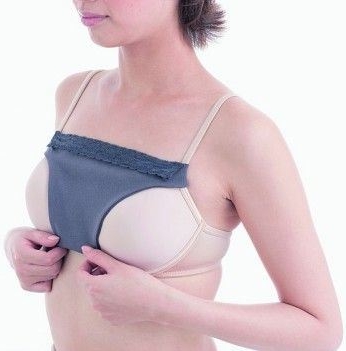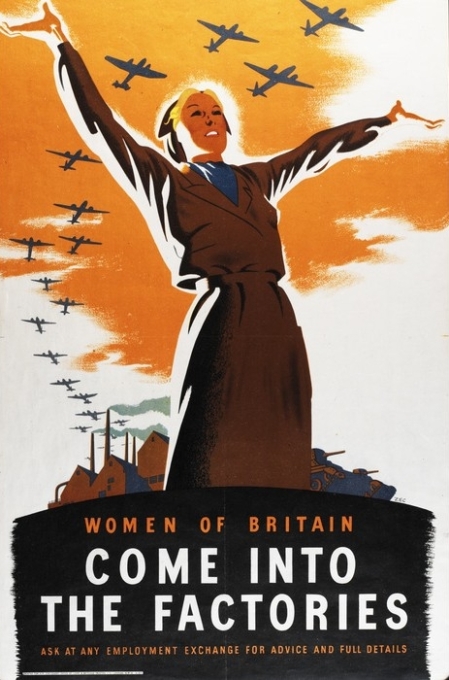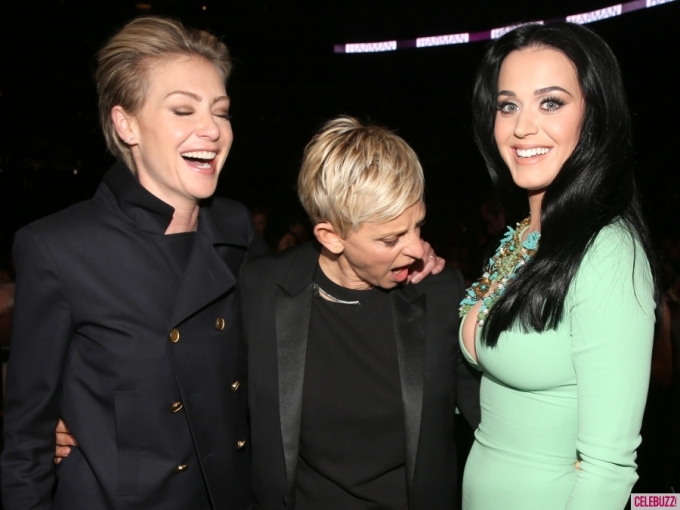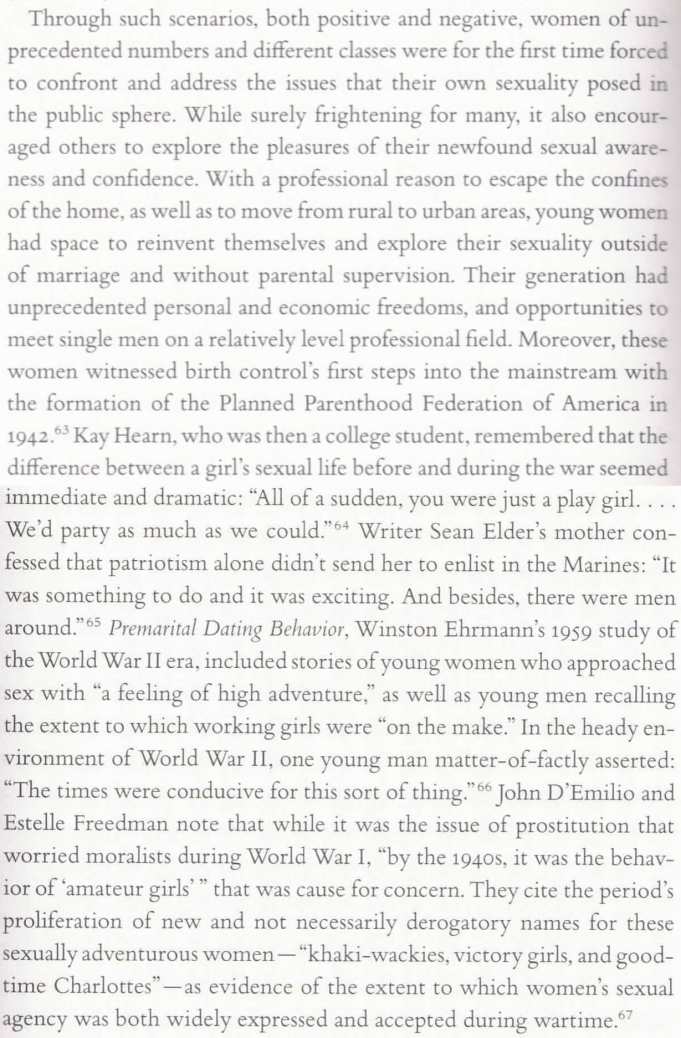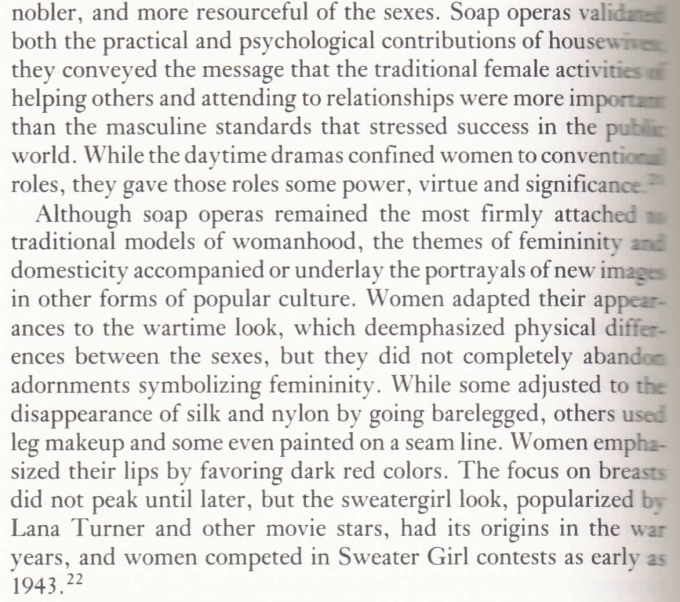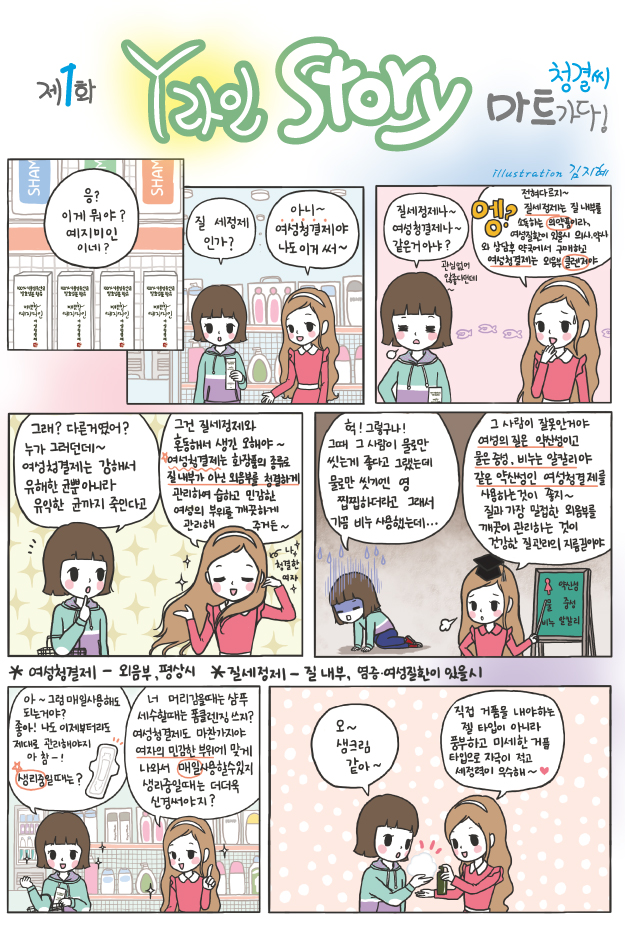3D facial photography is a promising new approach for researching beauty ideals, but studies based on beauty pageant contestants alone should not be presumed to speak for entire populations.
 Estimated reading time: 8 minutes. Photo (cropped) by JC Gellidon on Unsplash
Estimated reading time: 8 minutes. Photo (cropped) by JC Gellidon on Unsplash
Last week saw a textbook case of how not to report about beauty ideals.
The catalyst was a press release by the Catholic University of Korea (CUK). Widely copied and pasted across the Korean media, the title of the sole English translation was “S. Koreans Prefer Women with ‘Oval Face, Wide Forehead, and Small Lips’.”
The problem is, they don’t, necessarily.
Rather, what should have been reported was that a joint Saudi, US, Paraguayan, and Korean Dentistry and Orthodontics research team, including one professor from CUK, had announced they’d discovered commonalities in the facial differences between Miss Korea 2012 and Miss Paraguay 2013 contestants.
Then, when the announcement went straight to the researchers’ conclusions, as in this article from Yonhap…
연구팀은 미스코리아 54명과 미스파라과이 34명을 대상으로 3D 카메라로 얼굴 정면과 측면을 특수 촬영해 길이 및 각도를 측정했다. 측정값을 기준으로 인종에 따른 심미성 차이를 평가하고, 두 결과를 서양인의 대표적인 황금비(golden ratio)와 비교했다.
The research team measured various lengths and angles of the faces of 54 Miss Korea and 34 Miss Paraguay contestants by using special photographs of the fronts and sides of their faces using a 3D camera. The differences in racial beauty standards were determined based on the differences in the measured values between the two groups, and each groups’ results were also compared with the golden ratio, [a representative ideal of facial beauty for Westerners].
 Source: Biz Khan.
Source: Biz Khan.
그 결과 한국인은 전반적으로 갸름한 얼굴형과 넓은 이마, 작은 입술을 선호했지만 파라과이인은 약간 각진 얼굴에 큰 입술을 선호하는 것으로 나타났다. 두 국가가 선호하는 얼굴은 서양에서 이상적인 비율로 판단되는 황금비와도 차이가 있었다.
As a result, it was found that Koreans generally preferred a slim face shape, wide forehead, and small lips [left], but Paraguayans preferred large lips with slightly angular faces [right]. The faces preferred by the two countries were also different from the golden ratio.
…Reporters should have inquired on what grounds researchers made wide, sweeping pronouncements about the entire Korean and Paraguayan populations’ beauty ideals, considering their study was just on a handful of beauty pageant contestants. Either by simply asking, or by reading the study for themselves.
I realize to have expected either was incredibly naive. Quick content and clickbait titles are key, both of which are all the more effective if they confirm readers’ stereotypes. Plus, in fairness, the academic English of the study would have been beyond most Korean reporters.
They could at least have linked to it though. Yet not only did no reporters offer even this bare minimum, many failed to provide any identifying details about the study whatsoever.
So, I sought it out and examined it myself.
 Photo by Nicola Fioravanti on Unsplash
Photo by Nicola Fioravanti on Unsplash
That study was “Comparison of facial esthetic standards between Latin American and Asian populations using 3D stereophotogrammetric analysis” in the Journal of the World Federation of Orthodontists, Volume 9, Issue 3, 2020, Pages 129-136, by Mohamed Bayome, Jae Hyun Park, Ahmed M. Shoaib, Nam-ki Lee, Victor Boettner, and Yoon-Ah Kook (please contact me if you can’t get access to any of the studies I mention here). Further adding to the likelihood that no reporters actually read it, last week’s articles included either a picture of CUK Department of Orthodontics Professor Yoon-Ah Kook and/or the earlier graphic supplied by the university (note the watermark), neither of which were in the study.
In short, the researchers make—justify—their mental leap on their argument that beauty pageant judges are objective and representative (p. 130):
“These beauty contestants reached the final stages of the contests based on selections made by the competition panels consisting of media figures, artists and producers, famous plastic surgeons and orthodontists, as well as other community influencers. This means that their opinion plays a principal role in forming the general public opinion.”
Indeed, writing in the Korea Times about the 2019 Korea pageant, Lee Han-na mentions that the “judging panel consisted of experts in the areas of fashion, music and entertainment, joined by actresses and former Miss Koreas.” Which I don’t deny sounds diverse, nor that, say, cosmetic surgeons in particular play a huge role in shaping general public opinion in Korea.
That such groups may be bringing their own subjective preconceptions, worldviews, and agendas to any discussion of beauty however—let alone the six Dentistry and Orthodontics professors involved in this study—seems not to have occurred to them.
Moreover, in the Korean case in particular, beauty pageant judges’ role as gatekeepers is further undermined by the public’s utter disinterest in the event, as well as by ironically choosing a 2018 winner who was far too “fat” for many Korean netizens’ standards. Also, to counter charges of objectification and lookism, contestants’ academic backgrounds, personalities, and performing abilities have been given much more prominence in judging since the early-2000s.
I’ve only been able to find one reporter, Go Jae-won at Donga Science, who suggests that the researchers’ conclusions shouldn’t be taken for granted. To say that journalists were not doing their job here is an understatement:
이번 연구는 미스코리아는 2012년 참가자들의 얼굴을 대상으로 미스파라과이는 2013년도 참가자들을 대상으로 분석이 진행됐다는 점에서 최근 참가자들의 트렌드를 반영하고 있지는 않다는 한계가 있다. 또 미스코리아 참가자들이 한국인들의 평균적인 미적 기준을 반영하고 있다는 근거도 부족하다는 지적도 있다.
By analyzing 2012 Miss Korea and 2013 Miss Paraguay participants, the study has limitations in reflecting recent trends. In addition, some point out that there is a lack of evidence that Miss Korea participants reflect the average aesthetic standards of Koreans.
Another issue was the researchers’ liberal use of overgeneralizing terms such as “Westerners,” which are particularly useless and misleading when talking about beauty preferences and racial differences. So too, was perpetuating the myth that the “golden ratio” is a signifier of beauty, for which there is actually inconclusive evidence at best that it plays any role in attractiveness whatsoever. To be sure, technically they acknowledged that lack, which their study further confirmed, but—jumping ahead—they and/or CUK should have anticipated the ensuing “Westerners just loooove the golden ratio in their women” style of reporting.
 Photo by Evelyn Chong from Pexels
Photo by Evelyn Chong from Pexels
But given that the other, explicit aim of the study was “to compare the facial esthetic standards between Paraguayan and Korean beauty pageant contestants,” that was clearly too much to ask. For they were no less careful to restrict their conclusions to only beauty pageant contestants than any tabloid news reporter. For instance, consider the loose generalizations from the introduction (p. 129-130, my emphases):
Attractive Asians are characterized by longer faces than the general population and with less height of lower lip and chin and smaller volumes of chin and cheek. On the other hand, attractive Latin Americans are distinguished by less nasal prominence, large nasolabial angle, less protrusive lips, and less prominence of the chin.
And from the conclusion (p. 136, my emphases):
“From our results, it may be claimed that most Latin American individuals, in general, prefer rectangular faces with wide mouths and large lips, especially the lower lips, whereas in general, most Asian individuals prefer long tapered faces with small mouths and lips [see below]. Even though it might be well-known that the Misses are not selected solely based on their faces, as these contests include various measures, it is quite unlikely to have a qualified finalist who did not have a beautiful face.”
In between those six pages, many various nationalities and racial groups are mentioned, but none are defined. Are Paraguayans included among the Westerners they mention? The Caucasians? It’s all very confusing, and particularly irresponsible for an academic journal article.
 Photo by Ike louie Natividad from Pexels
Photo by Ike louie Natividad from Pexels
This is a shame, for I believe 3D facial photography is very much a promising new approach into researching beauty ideals, and have no reason nor inclination to dispute the results of this study. Indeed, I’m now overwhelmed by all the intriguing “related articles” to pursue. But the researchers’ conclusions in this one? Peruse the sources used, and conspicuous for their absence are any from sociology, gender, or media studies. Had there been some input from those fields, perhaps the researchers would have been more rigorous with their definitions. In turn, they may have been more restrained in their beliefs that beauty pageant judges were objective and representative, upon which their conclusions rest. And more circumspect in going to the media with them.
These flaws are also evident in a similar study by different researchers published just a few months earlier in The Journal of Cranofacial Surgery (Volume 31, Number 3, May/June 2020. (Which, because of reporters’ unprofessionalism/laziness/crushing deadlines, for a long time I thought was the one actuallybeing referred to.) In that study of 44 Miss Korea and 22 Miss Paraguay contestants (competition years not given), the researchers were ironically much more forthright about the difficulties of determining racial beauty ideals. Yet ultimately, they ended up even more convinced that the beauty pageant contestants possessed objectively-determined, universal-shared racial beauty ideals, a conclusion perhaps facilitated by the cheat of simply referring to Koreans and Paraguayans as “Asian” and “Western” throughout.
Yet it was three of the same researchers behind the first study who already demonstrated the potential of 3D facial photography in an article published in the March 2017 Korean Journal of Orthodontics (47(2):87-99). Specifically, the faces of 52 Miss Korea 2012 contestants and 41 young adult female students of a nursing school at Wonkwang Health Science University were compared, and no overarching conclusions extending to entire Korean population were made.
What they did say? Again, please let me know if you can’t get access, and we could discuss the differences between the groups in the comments, or make them the subjects of another post. Either way, let me be forthright with my own biases from the beginning. Isn’t it uncanny how page 95’s “proportional diagram of the average face from the Miss Korea group (A) and another from the general population group (B)” instantly reminds you a young and middle-aged Jang Yoon-ju? Or is it just me?
With apologies in advance for the unflattering picture, please let me know in the comments!
 Sources (cropped): dlscks98, YouTube.
Sources (cropped): dlscks98, YouTube.
Related Posts:
• Busting the Myth of Jeju Island’s Topless Divers
• Free The Nipple in Korea? Why Not? Uncovering the history of a taboo
• If You Don’t Have Kim Yuna’s Vital Statistics, Your Body Sucks and You Will Totally Die Alone
• Revealing the Korean Body Politic, Part 7: Keeping abreast of Korean bodylines
• Those Damned Double Eyelids…
• Korean Sociological Image #49: Lee Hyori has an Asian Bottom?
Why We Need to Stop Talking about “Asian” and “Western” Women’s Bodies—The Series:
• Part 1
If you reside in South Korea, you can donate via wire transfer: Turnbull James Edward (Kookmin Bank/국민은행, 563401-01-214324)












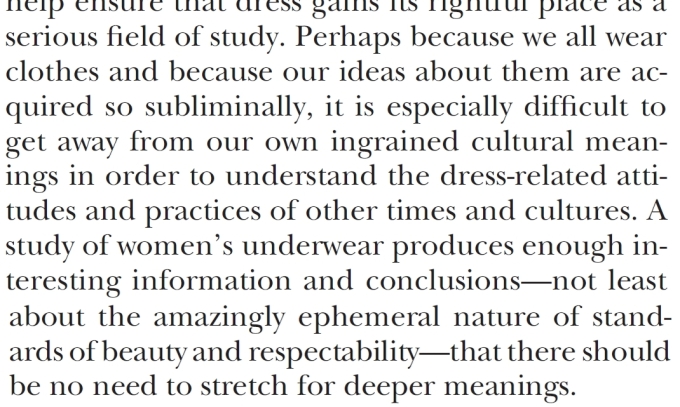


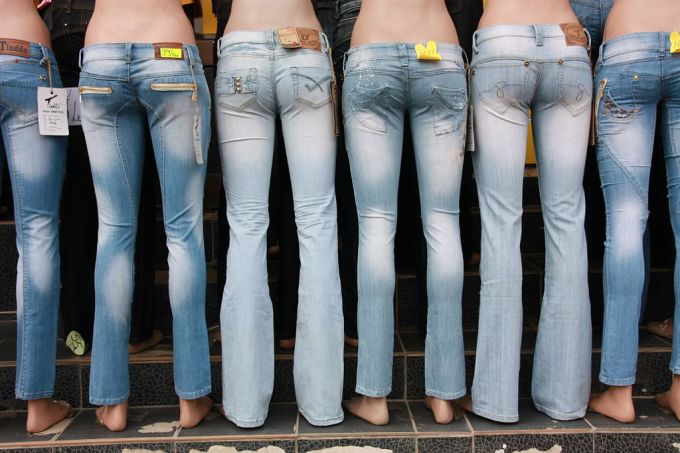









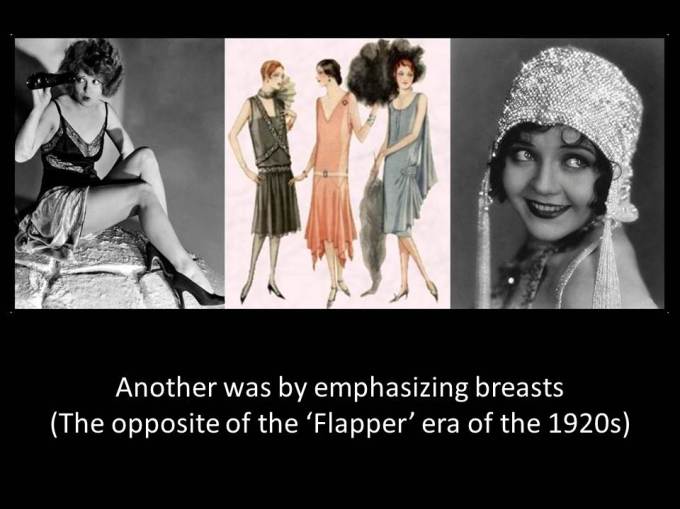







 also looked slender, but compared to slightly square-faced beauties didn’t have many characteristics. It was massively popular, because it gave the feeling of a face you could see anywhere (
also looked slender, but compared to slightly square-faced beauties didn’t have many characteristics. It was massively popular, because it gave the feeling of a face you could see anywhere (
 On the one hand, the Lolita Egg stimulates men’s possessiveness, whereas to women it turns them into wannabees. It’s a pretty face shape, but doesn’t give off a haughty, arrogant impression, proving very popular with men. Women who have it can pick and choose from among their many male followers (source right: unknown).
On the one hand, the Lolita Egg stimulates men’s possessiveness, whereas to women it turns them into wannabees. It’s a pretty face shape, but doesn’t give off a haughty, arrogant impression, proving very popular with men. Women who have it can pick and choose from among their many male followers (source right: unknown).

